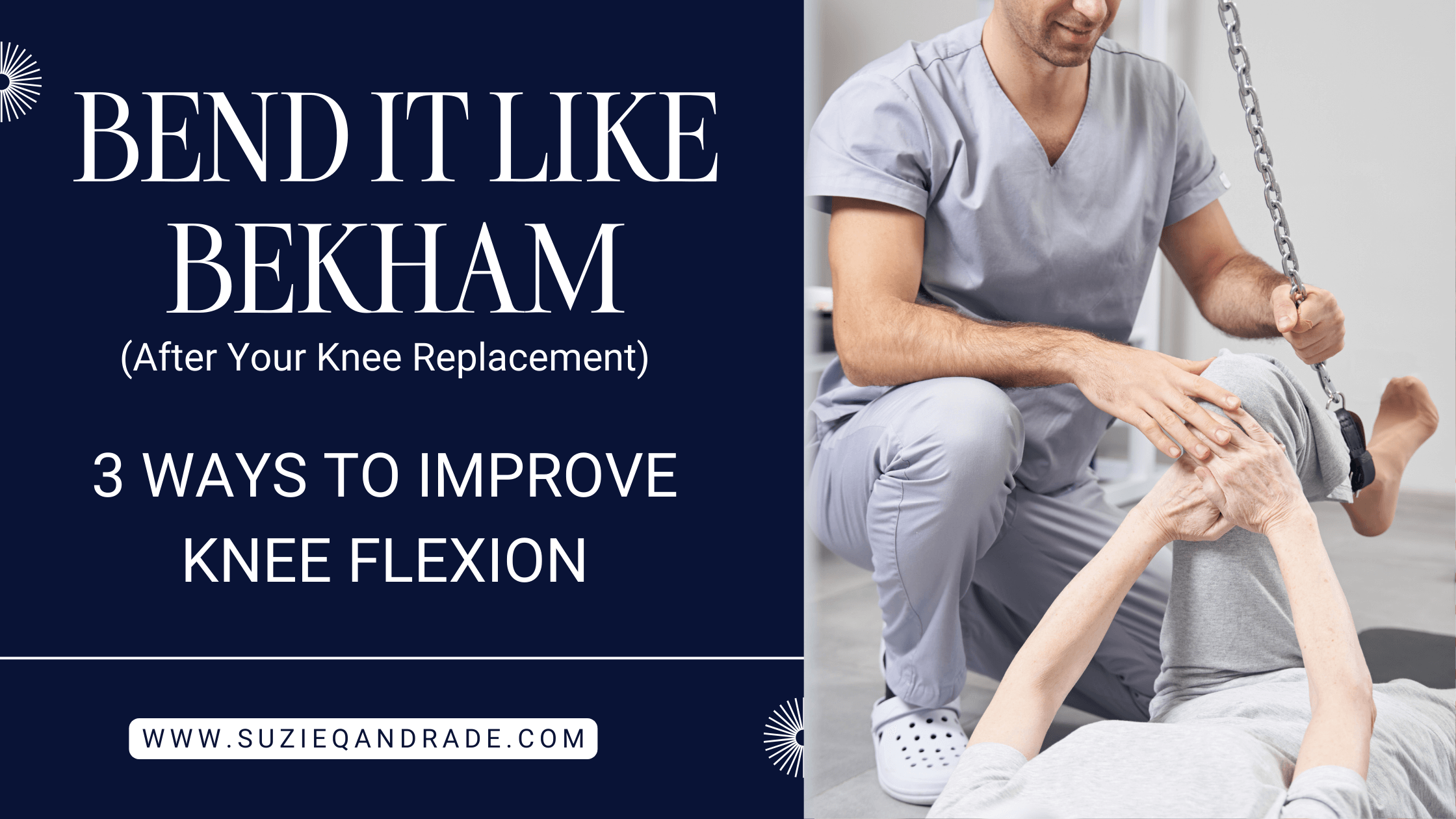
Hey there, fellow knee replacement Yetter Getters!! We've all been through the battle – the throbbing pain, the stiff joint, the struggle to get that leg up where it needs to be. But fear not, because regaining knee flexion (bend) is absolutely crucial for a smooth recovery and a return to your active life.
Why Bend Matters
Think about your daily activities – walking, climbing stairs, getting in and out of a car. All these movements require a good range of knee flexion. 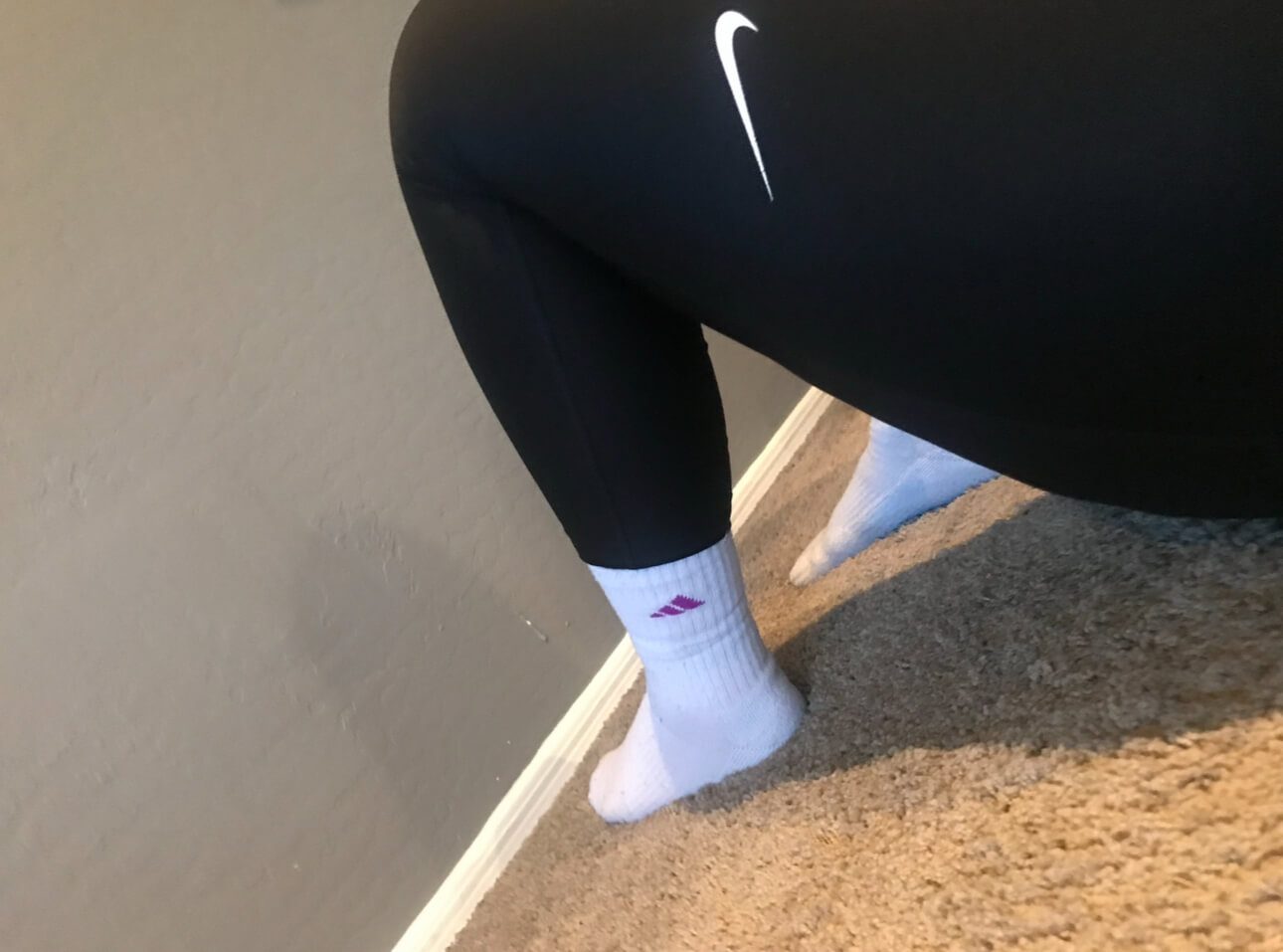 Here's how good knee bend benefits you:
Here's how good knee bend benefits you:
 Here's how good knee bend benefits you:
Here's how good knee bend benefits you:- Improved Mobility: The more you bend, the easier it is to navigate your world. You'll walk with a smoother gait, climb stairs with confidence, and ditch that awkward chair shuffle.
- Reduced Pain and Stiffness: Stiffness can lead to pain and discomfort. Regular bending exercises help keep your joint mobile and lubricated, reducing those achy sensations.
- Better Function: Activities of daily living become a breeze. Bending allows you to tie your shoes, pick things up off the floor, and generally be more independent.
- Long-Term Success: Studies show that good knee flexion after replacement leads to a more successful outcome and a happier you!
So, you can appreciate why it’s so important to regain that bend post op, right?
I didn’t have a problem with getting my range of motion for my latest knee replacement, but boy did I for my first (left) knee replacement.
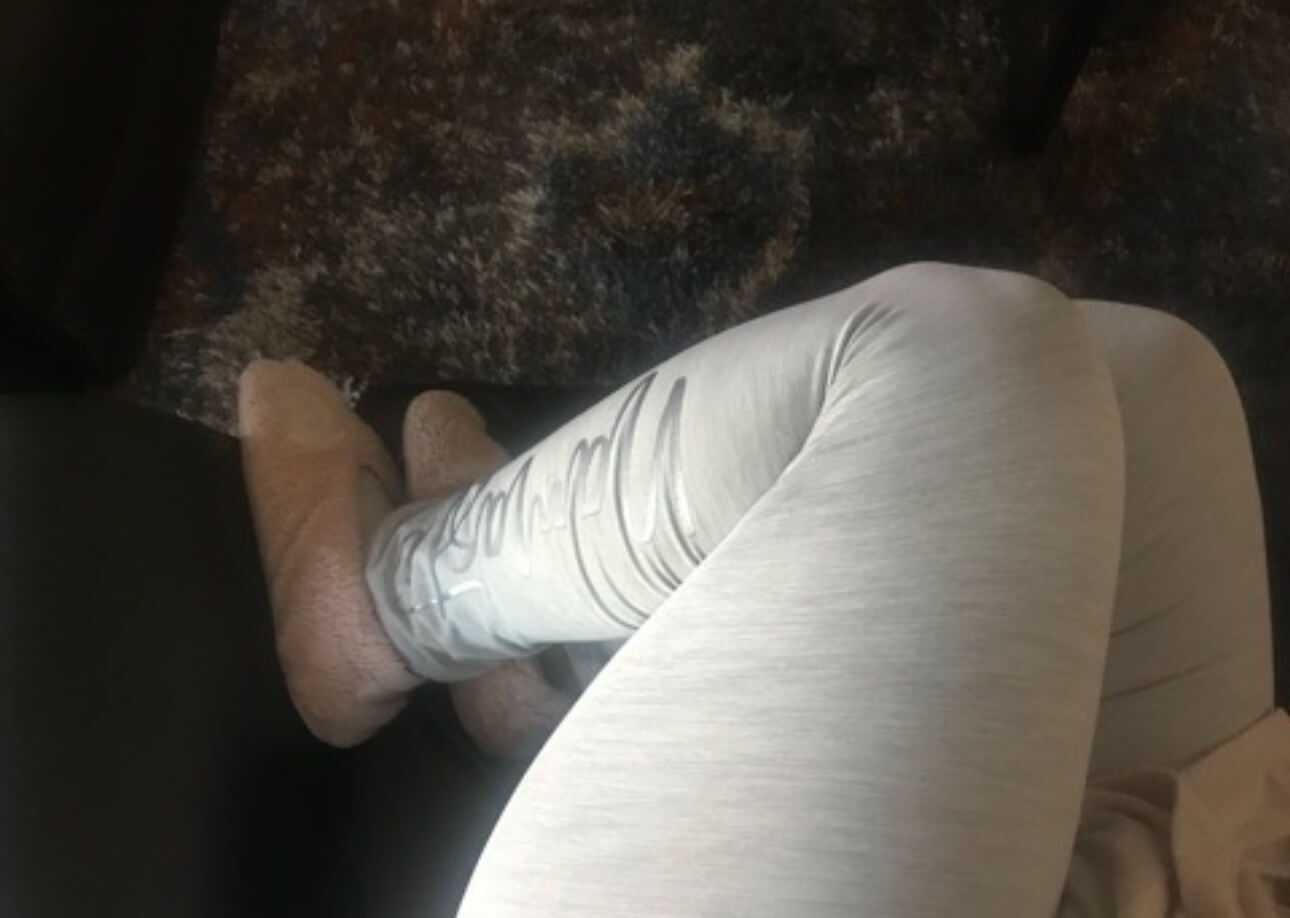 And, boy was that frustrating! I know frustration is only an unmet expectation, so what was I expecting? Well, I thought once it was achieved, the bend would be there all the time….not so much. One day my Physical Therapist would get me to 115 and I would go the very next visit and I would be at 107 or 105! What?!?
And, boy was that frustrating! I know frustration is only an unmet expectation, so what was I expecting? Well, I thought once it was achieved, the bend would be there all the time….not so much. One day my Physical Therapist would get me to 115 and I would go the very next visit and I would be at 107 or 105! What?!?He would ask if I was doing my heel slides at home and I said yes and then he showed me some additional exercises that blew my mind. These are the exercises I would like to share with you!
Your Bending BFFs: 3 Easy Exercises
Now that you know why bend is your friend, let's explore some simple exercises to get that knee moving! Remember, always consult your doctor or physical therapist before starting any new exercise program. These should NEVER take the place of what your medical team suggests.
1. The Paper Plate Slide:
This exercise is a gentle way to increase your flexion while keeping your weight off your leg.
- Grab a paper plate and place it on a smooth surface.
- Sit in a chair with your replaced knee straight and the other foot flat on the floor.
- Slide your heel on the paper plate towards you, bending your knee as far as comfortably possible.
- Slide back out to straighten your leg.
- Repeat 10-15 times, then switch legs.
2. The Wall Slide - Best if you are past 110 degrees (from experience):
This exercise works your quads (front thigh muscles) and helps improve your overall knee flexion control.
- Sit on the floor with your knees facing the wall. Scoot as close to the wall as possible.
- Put your surgical leg foot in a pillowcase and lift onto the wall.
- Let gravity slide your foot down the wall while holding onto the pillowcase so it doesn't drop.
- Once discomfort starts, hold for 5-10 secs, then use other foot to push your foot back up the wall to rest.
- Repeat 10-15 times.
3. The Chair Lean:
This exercise strengthens your hamstrings (back thigh muscles) which play a key role in knee flexion.
- Stand facing a sturdy chair with your hands on the back for support.
- Slowly lean back, keeping your back straight and core engaged.
- Bend your knees, lowering yourself towards a sitting position as far as comfortably possible.
- Push back up to standing using your hamstrings.
- Repeat 10-15 times.
Please know that you can download a helpful aid with videos by clicking this link.
Remember:
These are just helpful additions to whatever you are already doing at physical therapy.. There are many other exercises you can do to improve your knee bend. Your physical therapist can create a personalized program based on your specific needs and progress. All of your exercises should be discussed with your medical team.
Be patient with yourself. Recovery takes time, and there will be good days and bad days. But with consistent effort and these simple exercises, you'll be well on your way to achieving that glorious knee bend and getting back to the life you love!


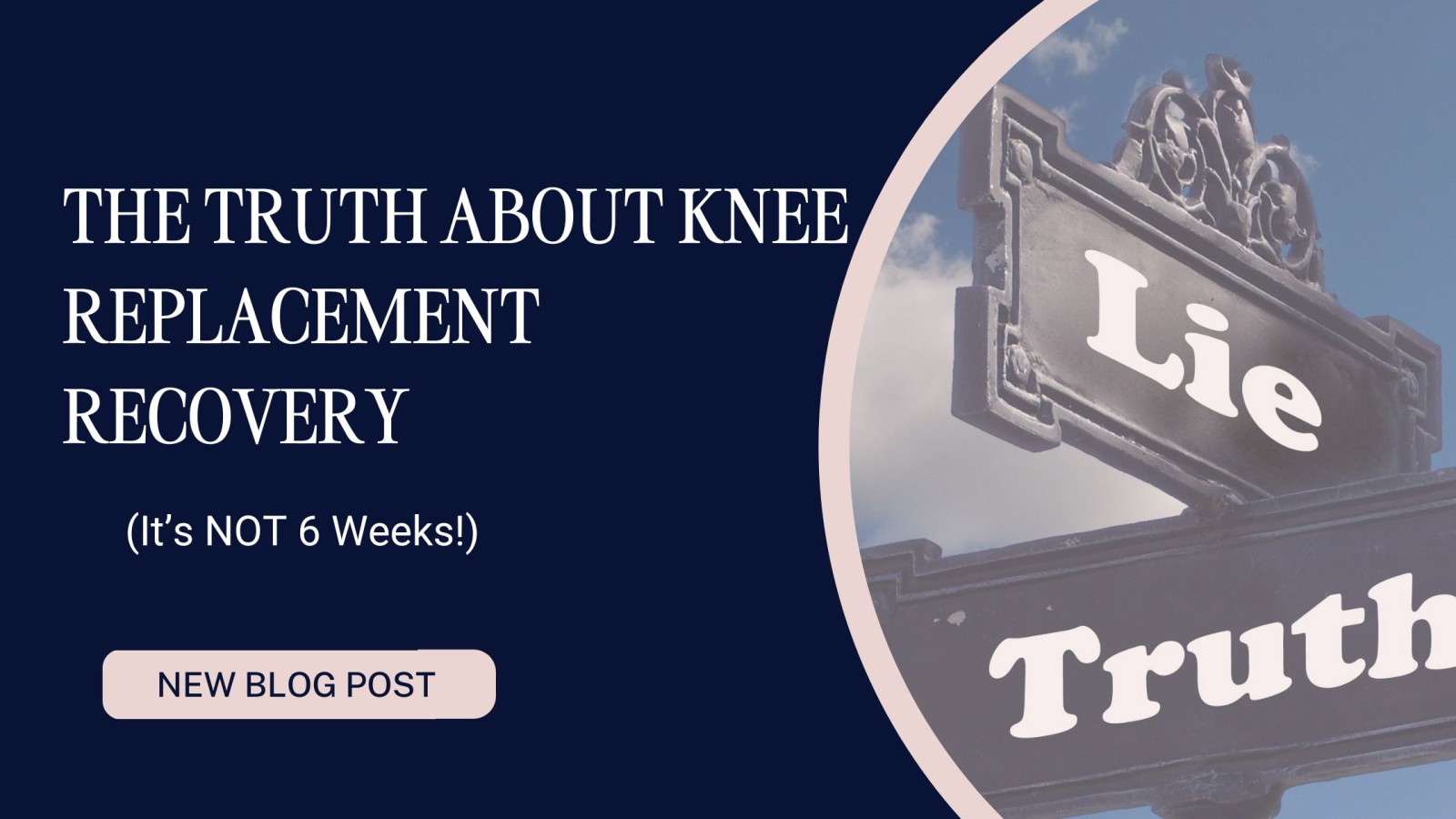



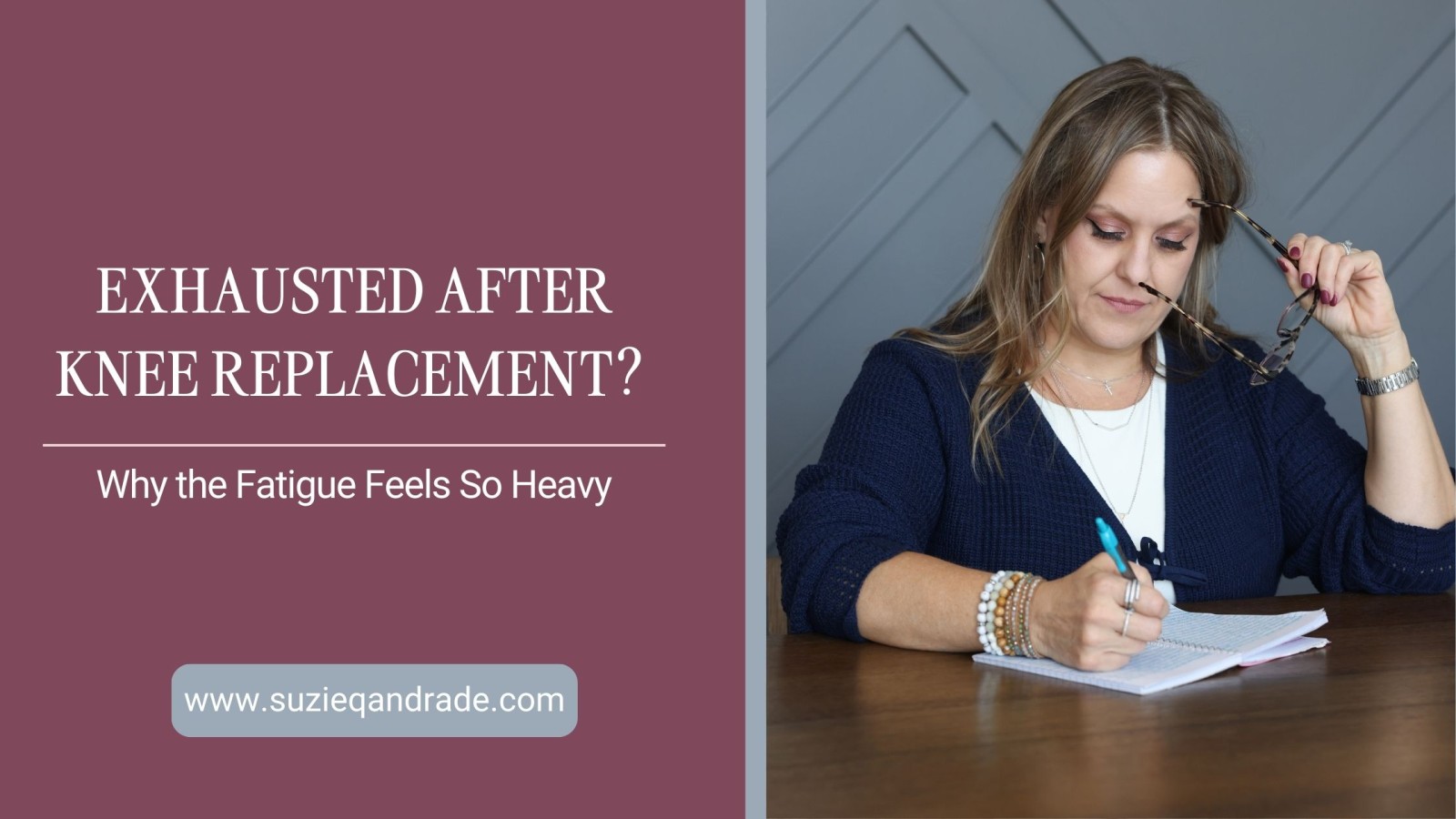
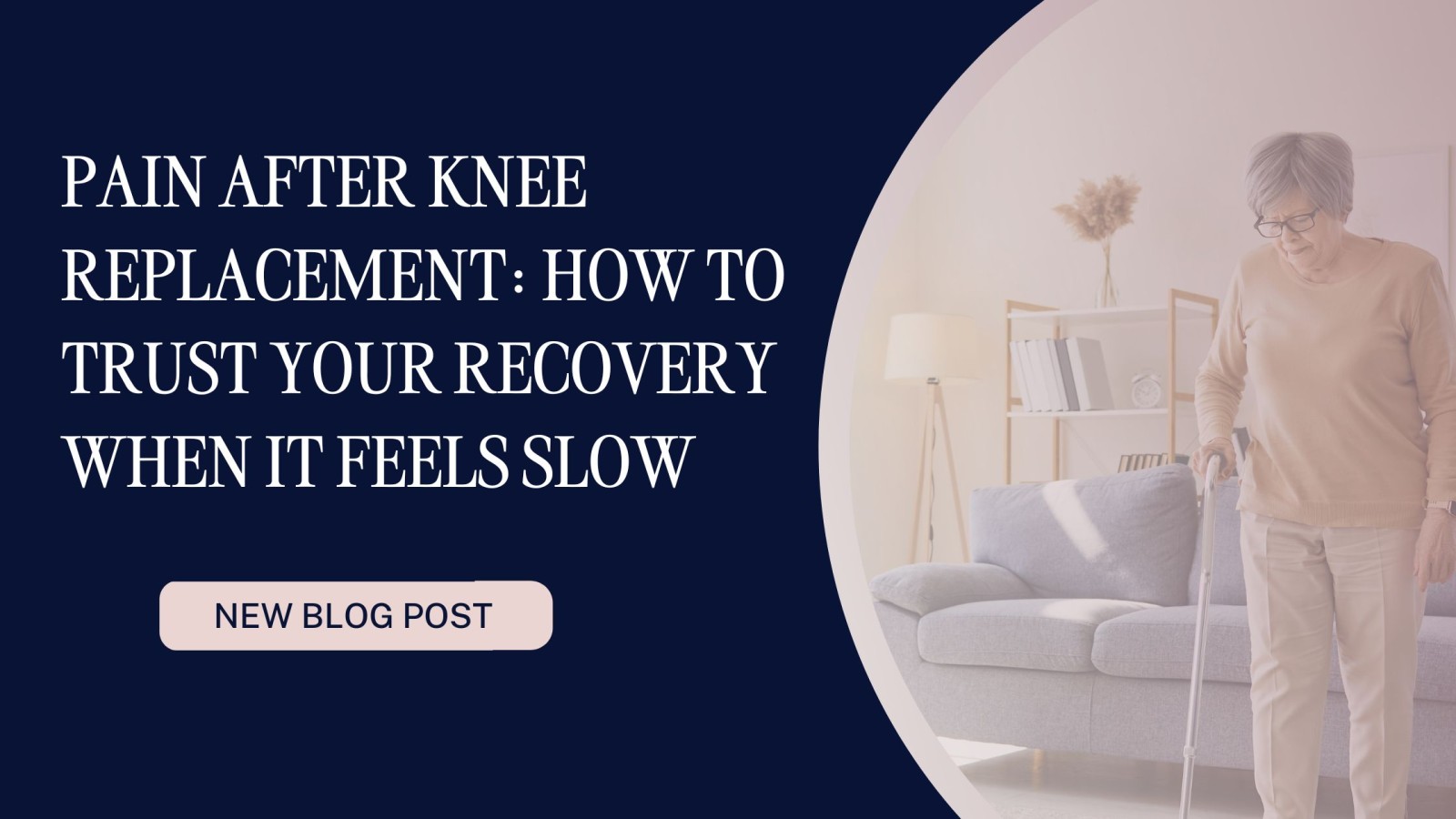
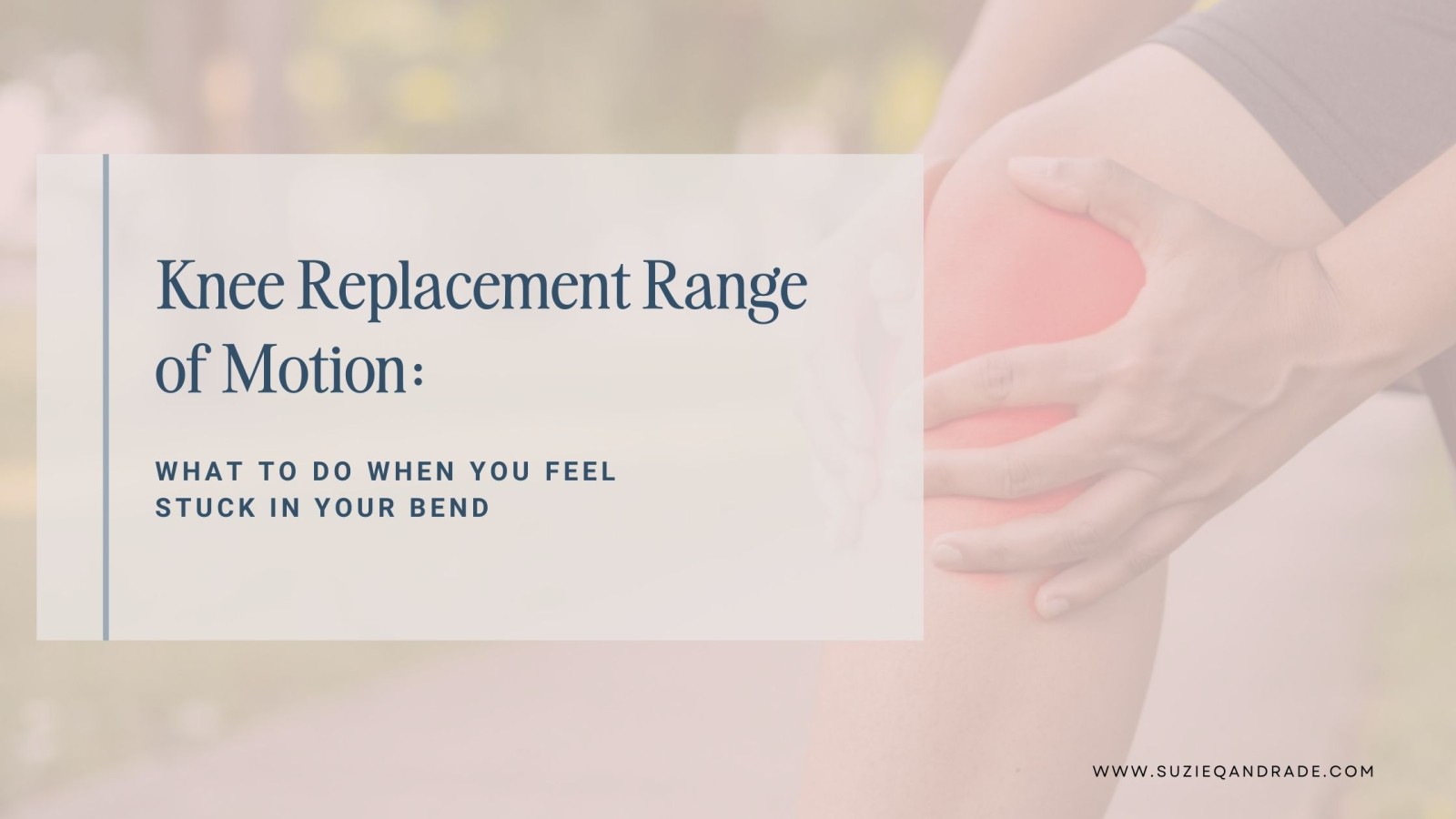




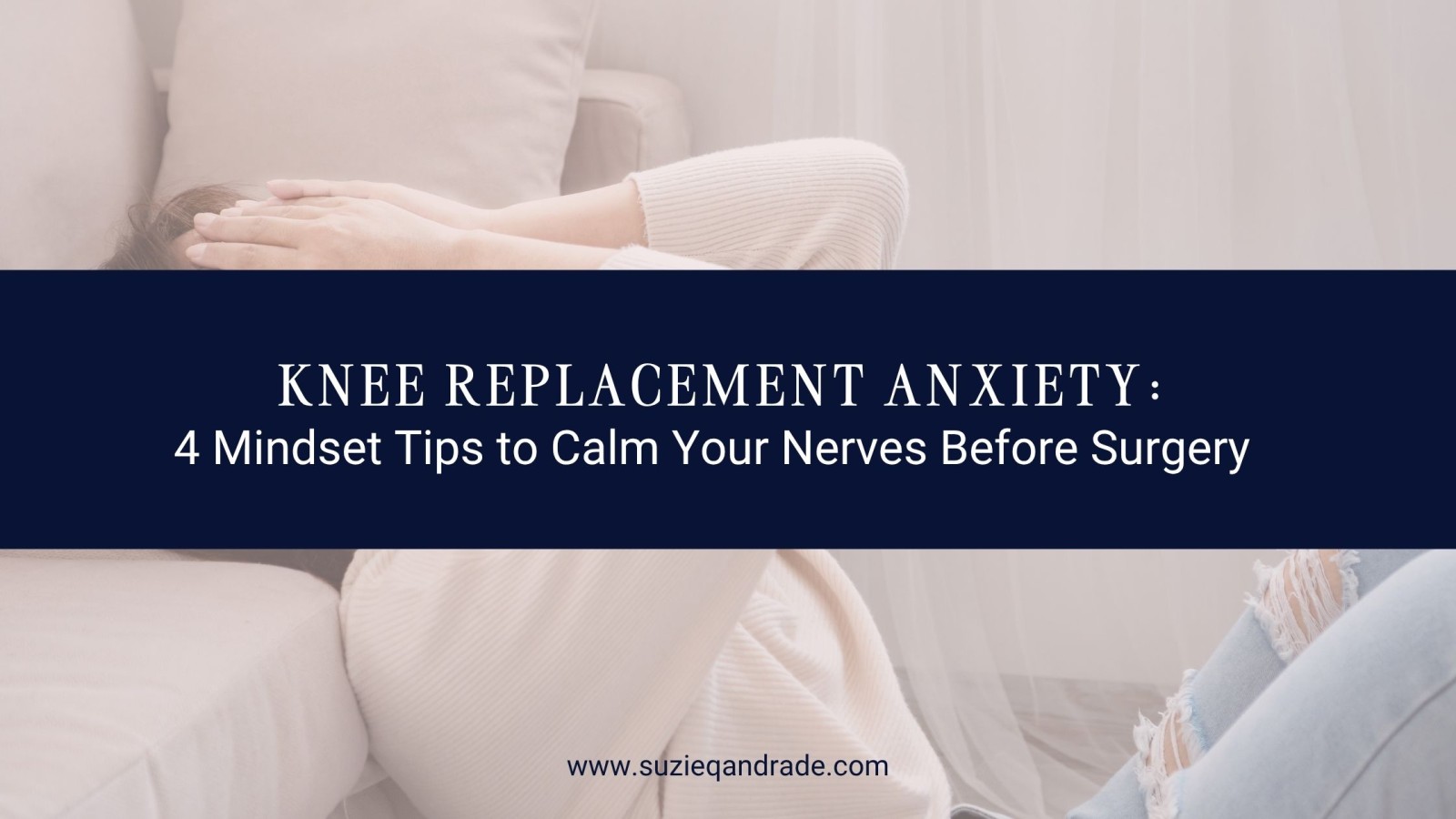
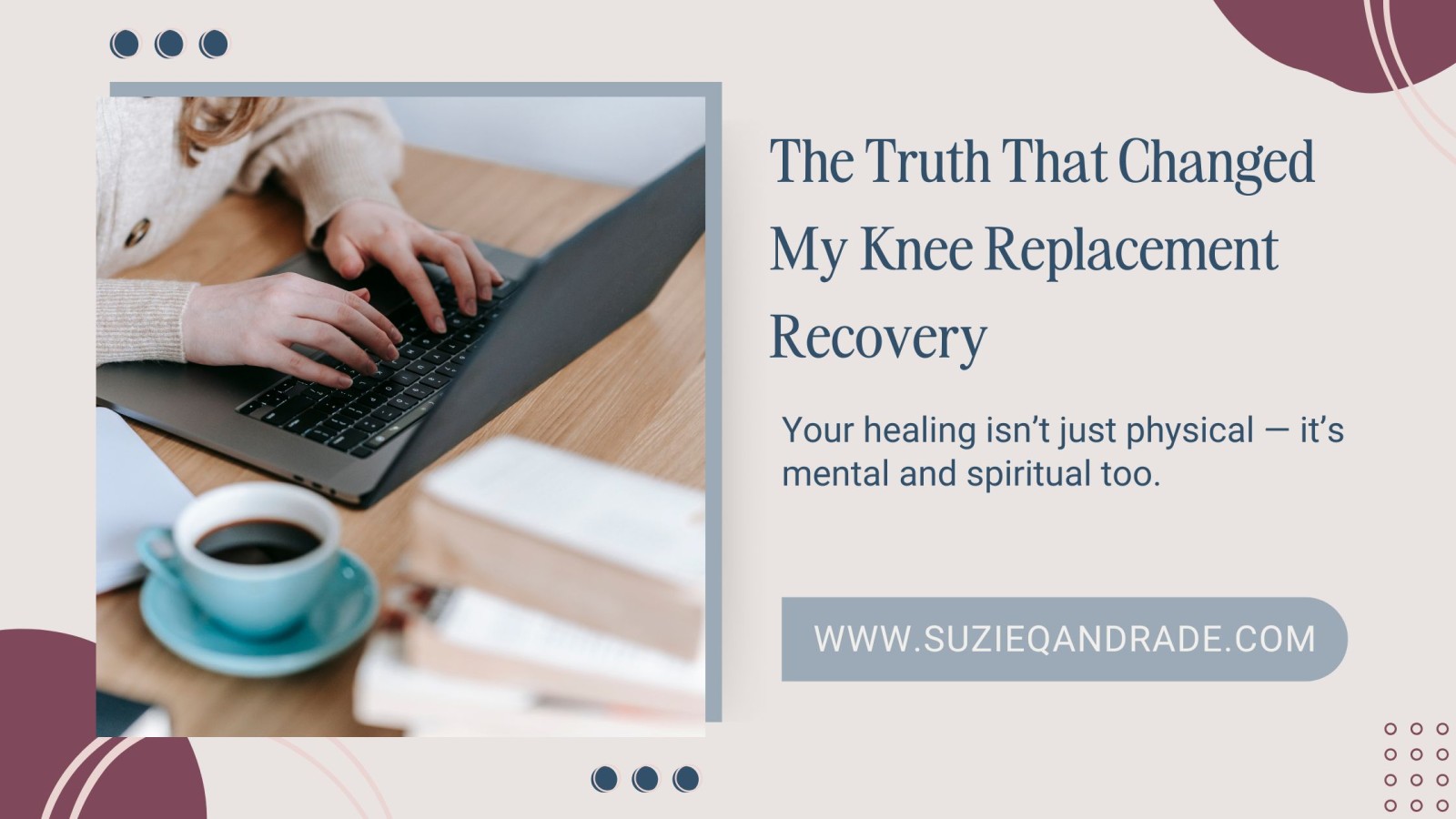






0 Comments